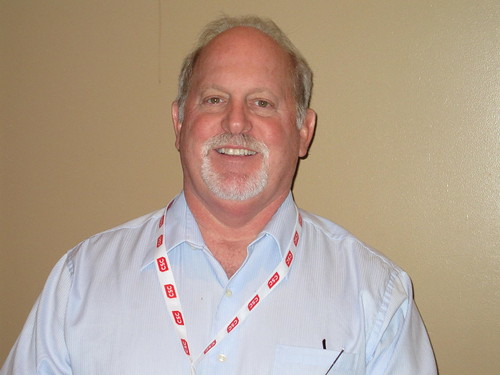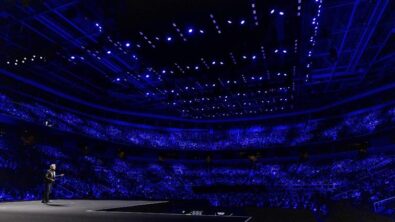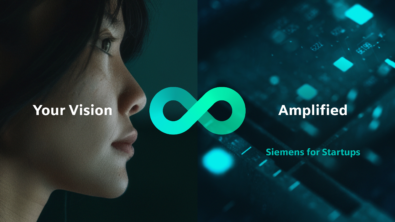Steve O’Lear presents Teamcenter MRO solution at PLM Connection
Day 2 at Siemens PLM Connections Americas 2011 in Las Vegas. I am here listening to my colleague Steve O’Lear present Teamcenter MRO solution. It seems this year we have a whole track on Maintenance, Repair, and Overhaul (MRO) solutions based on Teamcenter. With so many manufacturers starting to focus on aftermarket services because of the stable revenue stream, the high margins, and the chance to stay close to their customers for competitive advantage, capitalizing on the product knowledge created in the PLM environment during development and extending that into services has real results.
Here is the summary of his presentation:
Any time a product becomes a physical item there is a need to manage it. During prototype and test it’s critical to know the configuration of what was tested, the status of components in their lifecycle utilization, what the test results were, etc. In some cases the test configuration and results are input to regulatory certification, in most it serves to validate the product as designed and as simulated. It adds credibility to design requirements and simulation models. Managing this physical item and results at this point can ensure the product will perform as the market requires as well as reduce redundant, unnecessary tests saving costs. [Automotive Fuel Cell Consortium, AFCC, provide a real world example of this solution in one of the sessions.
When you start to ship product, capturing the As-Built configuration serves to record what was delivered and what warranty claims can be made. It helps identify product units that may have problems based on trends in claims or service work. It also makes it easier to target customers for incremental upgrades to already own products.
Finally being able to manage all the service data able physical products (now called assets by owners) enables the service operations to run lean. Knowing the configuration of any asset, the lifecycle status of its parts, the requirements for service and spares, service procedures, and resource estimates enable accurate service planning and quality service delivery.
When you put all these capabilities together in a single PLM system like Teamcenter you get the best use of full lifecycle product knowledge. Product development information can help downstream service organizations improve service quality and efficiency while service knowledge (product performance, service realities) fed back into product development improve next generation products.


